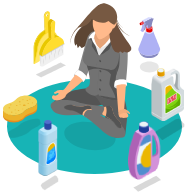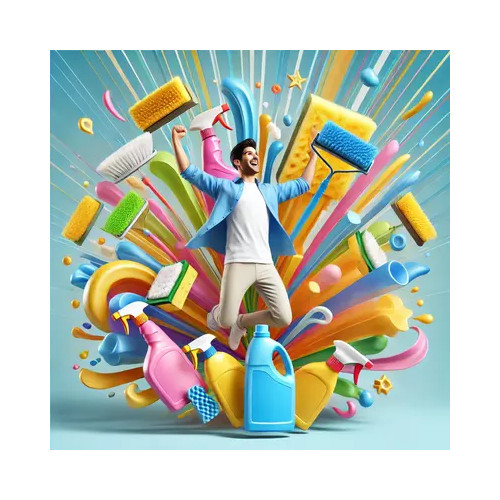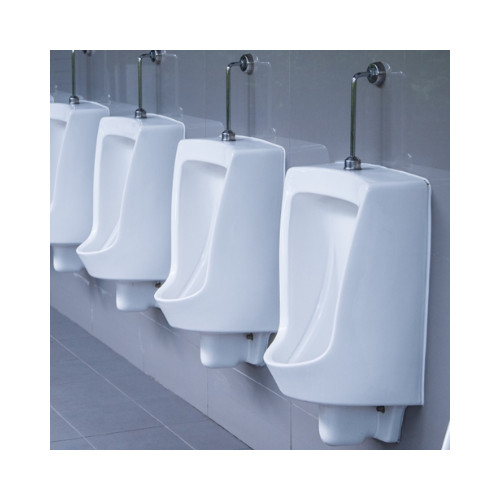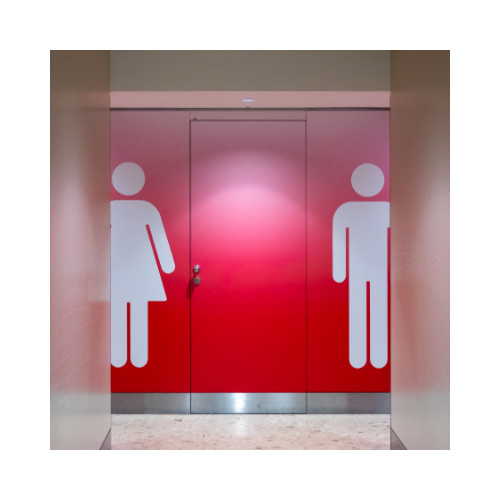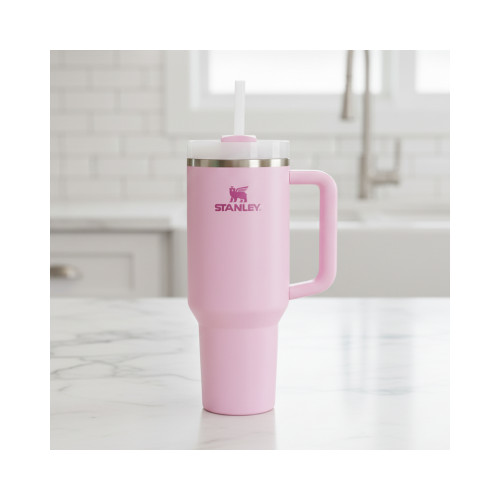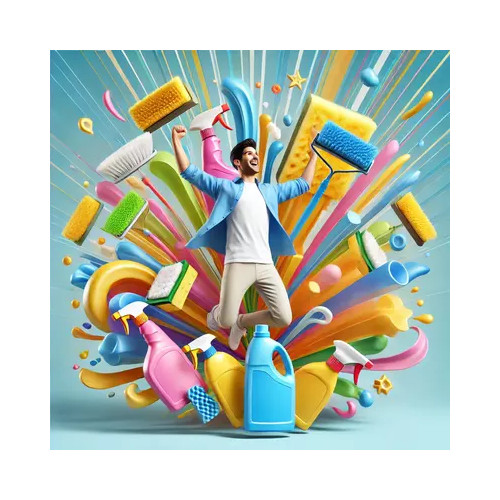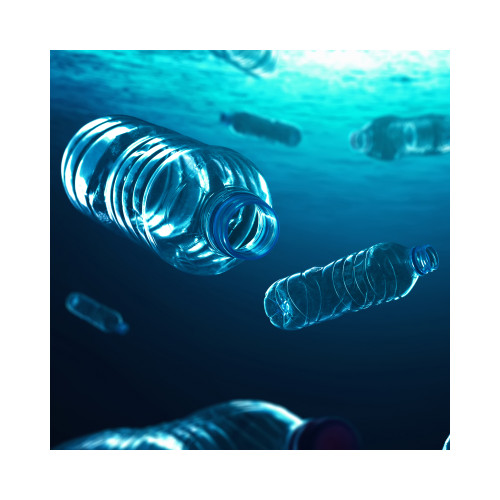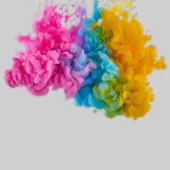
DIY Cleaning Solutions - Crazy Cleaning or Dangerous Dares?
In recent years, there has been a growing trend towards adopting a more natural and eco-friendly lifestyle, with many individuals opting to make their own cleaning products at home. While the intention behind this movement is commendable, it's essential to be aware of the potential dangers associated with creating DIY cleaning concoctions, especially when it involves mixing various chemicals.
In this blog post, we will explore the hidden hazards of homemade cleaning products and the risks that come with playing amateur chemist in your own home.
The Dangers of DIY Cleaning Solutions
The following section explores the dangers of DIY cleaning products, from the risks of chemical reactions to the lack of regulation that makes such solutions unpredictable and potentially hazardous. Before mixing up that next batch of “natural cleaner,” it’s important to understand what could go wrong - and why sometimes, it’s best to leave cleaning solutions to the experts.
1. Lack of Expertise
One of the primary dangers of DIY cleaning products lies in the lack of expertise that most individuals have in chemistry. Cleaning products, even seemingly innocuous ones, often contain a variety of chemicals that can react unpredictably when combined. Without proper knowledge of chemical reactions, there's a significant risk of inadvertently creating harmful substances that can pose serious health hazards. Ever heard of mixing ammonia (found in products such as window cleaner) and bleach? Just don't.
2. Unintended Chemical Reactions
Mixing different household chemicals can lead to unintended chemical reactions. For example, combining bleach with an acid-containing product like vinegar can produce chlorine gas, a toxic substance that can cause respiratory problems, irritation, and even be fatal in high concentrations. The potential for unexpected reactions increases when people experiment with various ingredients without a clear understanding of their chemical properties. Stay safe, never do chemical mixing!
3. Inhalation and Skin Irritation
Ever inhaled bleach? It isn't fun. Many homemade cleaning product recipes include essential oils, vinegar, and baking soda, which may seem harmless. However, when mixed in improper proportions or with other substances, these ingredients can cause irritation to the respiratory system and skin. Individuals with allergies or asthma may be particularly vulnerable to these adverse effects.
4. Ineffective Cleaning
Beyond the health risks, homemade cleaning products may not be as effective as commercially available alternatives. Improperly balanced formulations may lack the necessary components to kill bacteria and remove stains effectively. This can lead to unsanitary conditions in the home, compromising the health and safety of its occupants.
5. Lack of Regulation
Commercial cleaning products undergo rigorous testing and adhere to strict regulations to ensure they are safe and effective. DIY alternatives lack this oversight, making it difficult to determine their safety and efficacy. Using homemade concoctions may expose individuals to unknown risks that are not clearly labelled or understood.
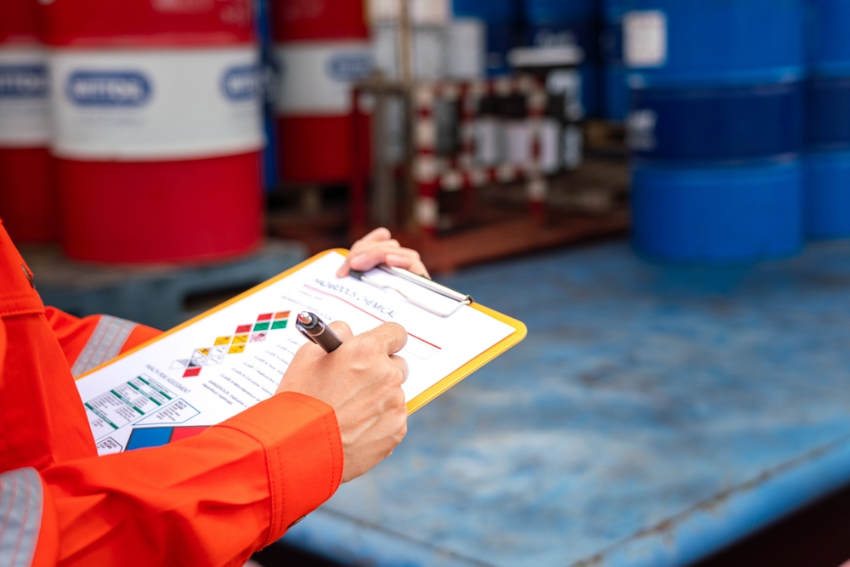
Understanding COSHH: Control of Substances Hazardous to Health
COSHH stands for Control of Substances Hazardous to Health. It is a set of regulations designed to protect workers and others from the harmful effects of exposure to substances that may be hazardous to health. Here are key points about COSHH:
1. Scope and Application
- COSHH regulations apply to a wide range of substances, including products containing chemicals, fumes, dust, biological agents, and more.
- The regulations cover various industries and workplaces where these substances are used, stored, handled, or produced.
2. Employer Responsibilities
- Employers are responsible for conducting risk assessments to identify and evaluate the potential hazards associated with the substances used in the workplace.
- Employers must ensure that control measures are in place to minimise exposure and protect the health of employees.
3. Substance Information
- Employers are required to provide information about the substances used in the workplace, including their potential hazards and safe handling procedures.
- Material Safety Data Sheets (MSDS) or Safety Data Sheets (SDS) are commonly used to convey this information.
4. Control Measures
- The regulations emphasise the use of control measures to prevent or minimise exposure to hazardous substances. This can include engineering controls, such as ventilation systems, and the use of personal protective equipment (PPE).
5. Training and Information
- Employers must ensure that employees are adequately trained and informed about the potential risks associated with the substances they work with.
- Training should cover proper handling procedures, emergency response, and the use of protective measures.
6. Monitoring and Health Surveillance
- Regular monitoring of exposure levels may be required to ensure that control measures are effective.
- Health surveillance may be necessary for certain substances to monitor the health of workers over time.
7. Emergency Planning
- Employers must have plans in place for dealing with emergencies, such as spills or accidental exposures, and provide appropriate first aid facilities.
8. Review and Assessment
- Employers should regularly review and update risk assessments to account for changes in substances used, work processes, or other relevant factors.
Conclusion
While the desire to create a cleaner and more sustainable living environment comes from a good place, it's crucial to approach the creation of DIY cleaning products with caution. The risks associated with mixing household chemicals can outweigh the benefits, posing serious health hazards and compromising the effectiveness of cleaning efforts.
In the interest of safety, it is advisable to stick to commercially available, regulated home cleaning products or seek guidance from experts in the field before attempting to create homemade alternatives. Remember, a healthy home is one that is both clean and safe.
Stay Connected
Stay connected and be the first to know about our latest products, special offers, and exciting news:The Cleaning Blog
Want to learn more about cleaning? From the latest cleaning and hygiene news to handy how-to guides, why not check out our most popular blog categories.Stay Connected
Stay connected and be the first to know about our latest products, special offers, and exciting news: